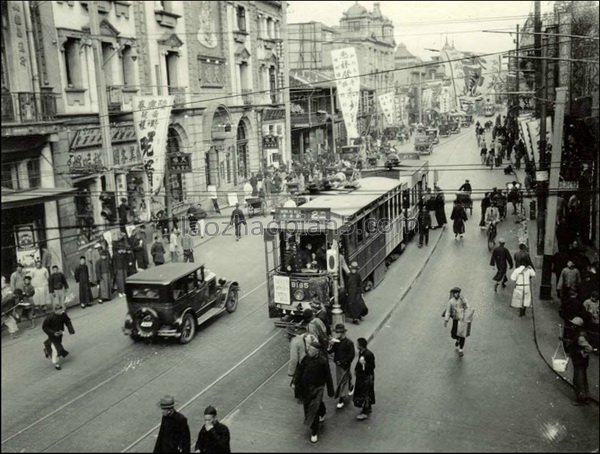[Stone Carving of Guojifei Gate]
Stone Carving of Guojifei Gate, East Han Dynasty, 124 cm high and 97 cm wide
The upper part of the door leaf is decorated with rosefinches, the middle part is paved with a ring, the lower part is a unicorn, and the lower part is basalt. A hole is chiseled in the middle of the door leaf for placing the handle. The door leaf is carved with 9 characters, “The outer chamber of Guo Ji’s concubine, who was born in the West River.”. The door leaf is the door of the underground tomb. According to the law of tomb construction, there should be a door post beside it. The door post and the door leaf have a door forehead, and the door leaf has an axis connected with the door forehead, so that the tomb door can be opened or closed. This stone leaf was unearthed in Lishi, Shanxi Province around 1920. It was collected by Peking University and handed over to the Palace Museum in the 1950s
According to the Records of Geography in the Book of Han Dynasty, Xihe County was established in the fourth year of Yuanshuo (125 BC) of Emperor Wu of the Han Dynasty, which is now Lishi in Shanxi Province, and Yuanyang is one of its subordinate counties. There are more than 10 pieces of the place name of Xihe in the stone tombs of Han Dynasty in northern Shaanxi and western Shanxi. Among them, the Guo surname includes “Guo Jifei”, “Guo Zhongli”, “Guo Zhiwen”, “Mrs. Guo”, and so on. In “The Book of Han Dynasty, The Legend of the Ranger”, there is “Guo Wenzhong of Xihe”, and in “The Book of Later Han Dynasty”, there is also the record of “The Yellow Scarf thief Guo Tai and so on originated from the Baibo Valley of Xihe”. It is speculated that the Guo surname may be a famous local surname. The patterns on the door of Guo Ji’s imperial concubine were found in Shandong, Nanyang, Henan and other places, which should be affected by these areas. The design of the door leaf adopts the method of removing the ground and shallow relief. First, the stone is polished smooth, the image outline is drawn with ink lines, and then the remaining white of the image is removed, so as to highlight the image itself.
![图片[1]-Stone carvings of Guoji Concubine Gate-China Archive](https://chinaarchive.net/Eastern Han dynasty/Sculpture/18867[1024].jpg)




![[Qing Dynasty] British female painter—Elizabeth Keith, using woodblock prints to record China from the late Qing Dynasty to the early Republic of China—1915-China Archive](https://chinaarchive.net/wp-content/uploads/2022/11/image-191x300.png)
